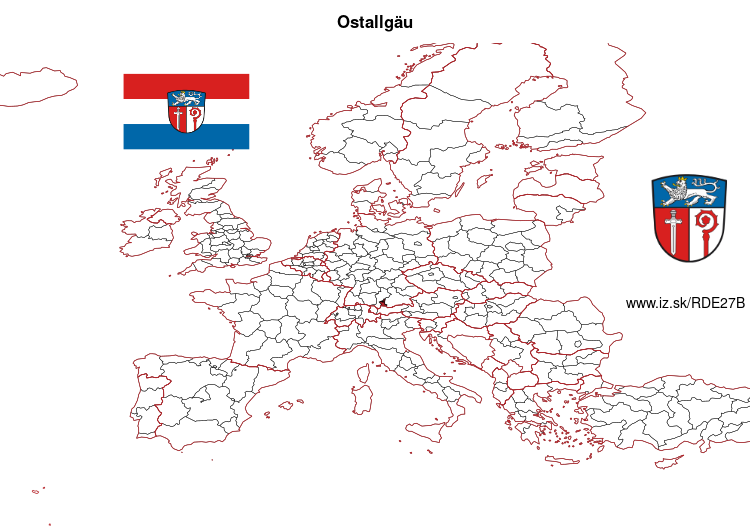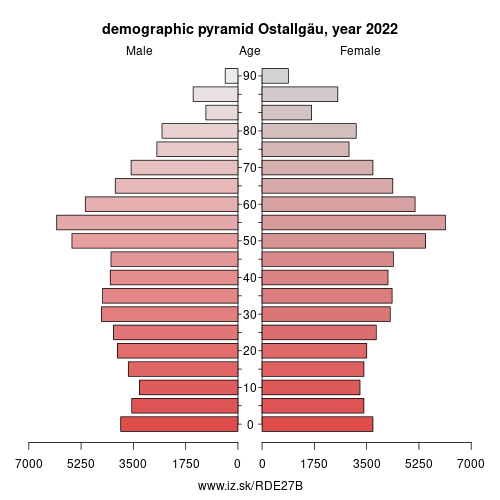- About us»
- Net income calculator»
- Population aging»
-
- Least developed regions»
-
- Average wage
- Material need benefits
- Meal allowance
- Counties of Slovakia
- Inflation
- Living and Subsistence Minimum
- Unemployment of Czechia and Slovakia
- NACE Classification
-
- Life expectancy
- Gender differences
- Youth unemployment and NEET
- Minimum wage in EU
- Unemployment rates of different age groups
- Share of salaries on GDP
- Employment rate
- Percentage of employees ususally working at nights
- NEET
- Long term unemployment
- Unemployment rate
-
- Bratislava and surroundings
- Kopanice
- Danube river
- lower Vah river
- middle Vár river
- upper Nitra river
- lower Nitra river
- Mining cities
- Kysuce a Orava
- upper Vah river - Liptov
- Spiš cities
- upper Hron river
- Juhoslovenská kotlina
- Košice fold and Torysa river
- upper Zemplín
- lower Zemplín
- EU regions
- NUTS3 regions of Slovakia
- LAU1 dataset
-
- Projects and activities
- Inclusive growth»
- Good work
- Project SKRS
- Social system – reality and vision
-
- Education of unemployed
- Young unemployed not taking part in education
- Proposal to change the system of education funding
- Library
- News»
- Contact
Ostallgäu – DE27B
EU regions: Germany > Bavaria > Swabia > Ostallgäu

| Indicator | Period | Value |
|---|---|---|
| Gross domestic product | ||
| GDP per capita in PPS of EU average | 2022 | 106 |
More on wikipedia wikidata Q10405 on OpenStreetMap Ostallgäu slovensky: DE27B
Demographics
| Indicator | Period | Value |
|---|---|---|
| Demographics | ||
| number of inhabitants | 2024 | 141 137 |
| population density | 2023 | 102.6 |
| old-age dependency ratio | 2024 | 35.1 |

From Wikipedia: Ostallgäu is a Landkreis (district) in Swabia, Bavaria, Germany. It is bounded by (from the west and clockwise) the districts of Oberallgäu, Unterallgäu, Augsburg, Landsberg, Weilheim-Schongau and Garmisch-Partenkirchen, and by the Austrian state of Tyrol. The town of Kaufbeuren is enclosed by but does not belong to the district.
History
Before 1803 the region was split into several tiny states, most of them clerical states. When these states were dissolved in 1803, the Ostallgäu region became part of Bavaria. The kings of Bavaria soon evolved a special relationship with the region and built their famous castles of Hohenschwangau and Neuschwanstein there.
The district was established in 1972 by merging the former districts of Kaufbeuren, Marktoberdorf and Füssen.
Geography
"Ostallgäu" literally means „Eastern Allgäu“. The term Allgäu is applied to the part of the Alps located in Swabia and their northern foothills.
The district extends from the crest of the Alps to hilly countryside in the north.
Other: Swabia, Memmingen, Landkreis Dillingen an der Donau, Ostallgäu, Unterallgäu, Donau-Ries, Oberallgäu, Kaufbeuren, Aichach-Friedberg, Augsburg, Lindau, Augsburg, Neu-Ulm, Kempten (Allgäu), Günzburg
Neighbours: Oberallgäu, Unterallgäu, Kaufbeuren, Landkreis Landsberg am Lech, Garmisch-Partenkirchen, Reutte district, Augsburg, Weilheim-Schongau
Suggested citation: Michal Páleník: Europe and its regions in numbers - Ostallgäu – DE27B, IZ Bratislava, retrieved from: https://www.iz.sk/PDE27B, ISBN: 978-80-970204-9-1, DOI:10.5281/zenodo.10200164

 Share
Share Facebook
Facebook Twitter
Twitter News
News